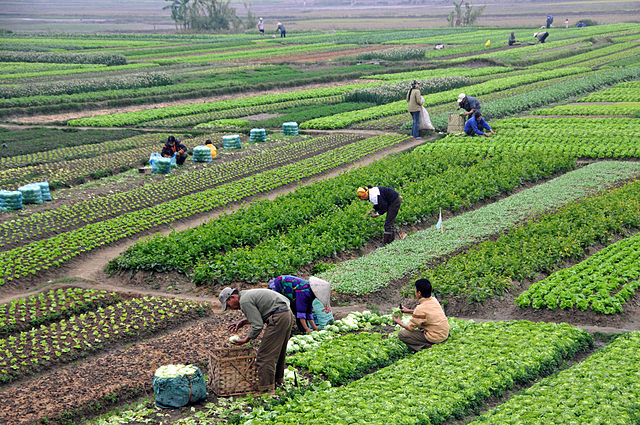Soon after the Lunar New Year, farmers in the Bac Ha highlands in Vietnam took the initiative to grow spring cereals, including corn and rice.
Bac Ha is a district in Lao Cai province of northern Vietnam, famous for its weekend market. Here, villagers sell livestock, fresh produce, textile and cultural products to tourists.
The focus now however is in ploughing fields and sowing spring seeds just after the harvest of winter cabbages and kohlrabi.
Given that the farming model in this area is through communes, Bac Ha has received a target for each crop. Seeds for rice will amount to 17.7 tons for the spring 2024 crop while seed corn will reach 5.2 tons.
Though the southern Mekong Delta produces much of Vietnam’s rice, it is not always bountiful and northern areas have to contribute, too. Indeed, Bac Ha could cash in on the spring crop if export rice prices hold at their current high of $640 a tonne
Alternatives to Spring Cereals
It is not just spring cereals farmers are banking on but cinnamon too, which is famous in Lao Cai and Yen Bai provinces.
In 2022, countrywide cinnamon acreage was projected to reach 150,000 hectares. In the first two months of 2024, farmers in Bac Ha had sowed cinnamon seeds in 45.6 new hectares. This brings the district’s contribution to national acreage of the spice to 10,516 hectares.
Besides, as the weather improves and soil moistens in March, more area under cinnamon is on the cards.
Water Dilemma
However, there is something thwarting the spring promise, in that water for irrigation is down. This is a dire reminder that just 39% of Vietnamese in rural areas have sufficient water access.
For now, communes around Bac Ha are dredging canals and streams to insure irrigation water for corn and rice paddies.
Vietnam contains three main drainage systems, including the all-important Mekong Delta. Lao Cai Province is supplied by the Red River which flows from China.
